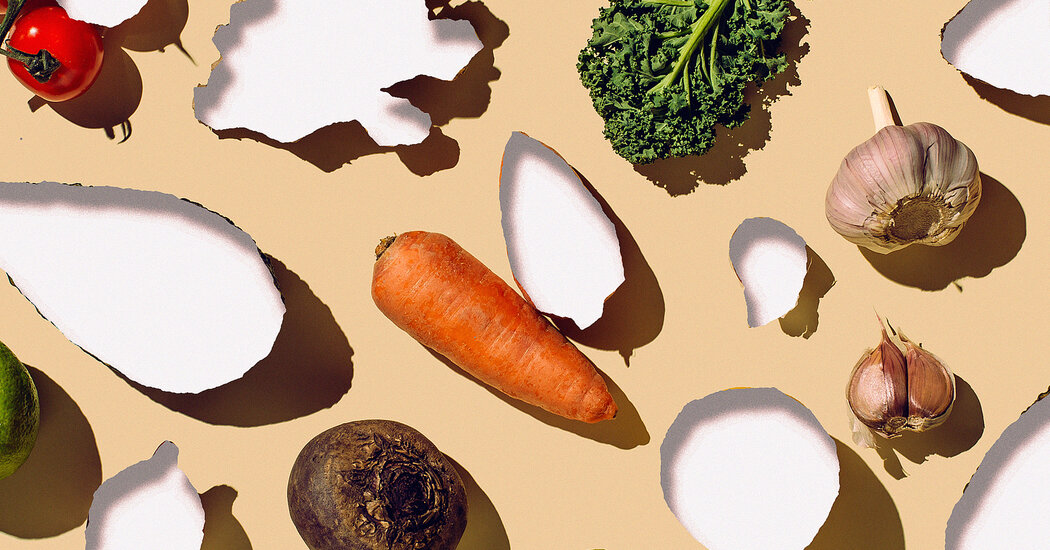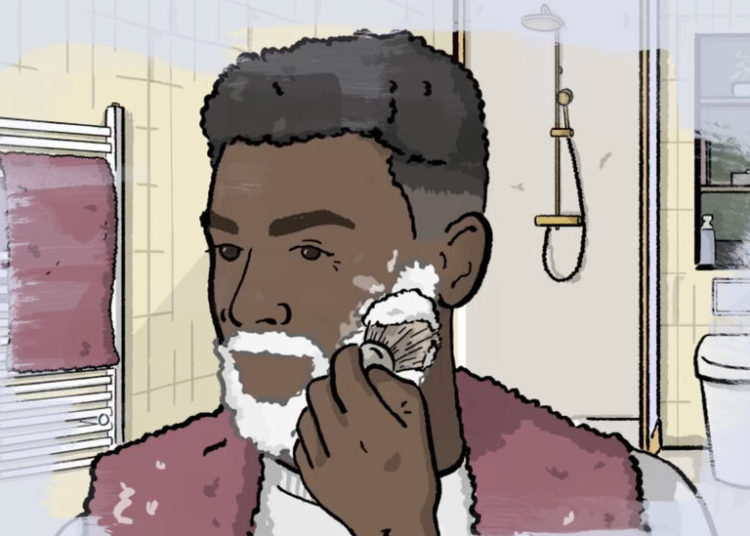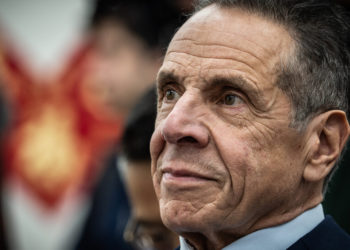Every Saturday morning at the Wrightstown Farmers Market in Bucks County, Pa., I approach the information tent with my floral-patterned SNAP benefits card in hand. I swipe my card, enter my PIN, and thanks to a donor-funded program, my $60 in SNAP benefits becomes about $80 in purchasing power.
Within minutes, I’m walking away with thick card stock Market Bucks for purchasing locally grown Kirby cucumbers, fresh sourdough bread and pints of yogurt made from the milk of grass-fed cows — foods that would normally strain my monthly grocery budget.
Barring an end to the government shutdown, SNAP benefits will not be paid out in November, leaving tens of millions of recipients wondering how they’re going to afford food next month. My own remaining SNAP balance — $149.57 — was supposed to help carry my family until Nov. 9. Now, it will have to stretch indefinitely.
My relationship with SNAP — short for the Supplemental Nutrition Assistance Program, also known as food stamps — started more than a decade ago, and illustrates the complex realities of food assistance that policy debates often miss. In 2012, I was the mother of two children under 3 years old. That year, their father disappeared from our lives without warning, leaving me with no way to feed them or myself. To survive, I applied for SNAP.
Doing so required that I prove my poverty in triplicate to an exhausted, overwhelmed case worker, but, eventually, we were granted $383 a month to spend on food. Each time I pulled my benefits card out of my wallet at the grocery store checkout, it was as if a blanket of shame lay over my shoulders; I worried the cashier and the other customers were judging me for needing help.
I stretched those dollars as far as they would go, but this barely covered boxes of generic pasta and sauce, bulk rice, day-old breads and pastries, and bags of bruised or wilting produce marked down for quick sale. I was keeping my children fed, but not in the healthful way I desired.
My farmers market didn’t accept SNAP then. Still, I loved going every Saturday morning, sometimes managing to save $20 from other parts of my budget for food I couldn’t easily find at the grocery store: ramps, Jimmy Nardello peppers, crusty domes of sourdough bread.
The market soon became more than shopping for us. My children would stop by the butterfly tent pop-ups from the nearby nature center or the craft table to paint rocks into strawberries. For our small family navigating a difficult transition, that Saturday morning ritual became a way to connect with other people during a time when we needed that sense of belonging.
After I landed a full-time job at a medical technology company, my salary disqualified me from SNAP benefits — but only just. I continued setting aside money for the farmers market each week and I built relationships with farmers who watched my children grow into teenagers.
At the end of 2023, after my daughter had survived a nearly three-year fight with cancer, I lost my job. I applied for SNAP benefits again. By then, my farmers market had invested in an electronic system, and I’ve been able to use my benefits to continue shopping there. Unable to find another full-time position in a punishing job market, I’ve stayed on SNAP while freelancing, which lifts the enormous stress of reliably feeding my family during an uncertain time.
Conversations around SNAP benefits are often fraught, dominated by the simplistic refrain that recipients should “get a job.” My experience illustrates why this response misses the mark. It took me time to find a job when I first needed SNAP, when I was raising two small children alone. I had that job when the challenges of working through my daughter’s cancer diagnosis ultimately cost me my position. I have a job now as a freelancer, building my career back one contract at a time.
But our government is making the tired “get a job” refrain into policy. The One Big Beautiful Bill Act included an estimated $186 billion cut to SNAP benefits through 2034, which could drastically reduce or eliminate monthly benefits for millions. These expected cuts, now compounded by a government shutdown holding food assistance hostage, will devastate families. And for what? Political brinkmanship that treats the most basic human need as a negotiating chip.
Some Americans seem to believe that they should be able to dictate the food choices of families that need food assistance. I’ve often heard expressions of surprise from other customers while I was spending my Market Bucks. Last summer, a man watched me exchange $10 in Market Bucks for a half peck of peaches. “What’s that? How do I get some of those?” he asked. When I explained the SNAP exchange program, his face twisted in shock. “You’re using food stamps at the farmers market?”
I thought, briefly, of hurling one of the stall’s heirloom tomatoes at his head. SNAP recipients face an impossible bind: When our shopping carts contain ultraprocessed foods, we’re accused of wasting taxpayer money on junk. When we choose to purchase healthier foods — the very foods nutrition experts and public health officials tell us we should be eating — we’re accused of living too well and of not really needing help.
I do plenty of my shopping at Aldi, Trader Joe’s and Costco, where I buy pantry staples and purchase in bulk. I’m fanatical about meal planning and eliminating food waste. When I shop at the farmers market, I track sales and use every extra scrap; a single chicken can feed my family for at least four dinners, from a whole roasted bird to chicken salad to stock for soup. Around me, a dozen eggs run $3.50 to $7 at grocery stores, and $5 at a farm stand. Even when I’m paying slightly more for an item, I’m compensating in other areas to make it work.
The real issue isn’t how SNAP recipients manage their grocery budget; it’s how this country views people who receive government support. If no food choice is acceptable — if both the Pop-Tarts and the organic butter are cause for judgment — then the problem isn’t SNAP recipients’ shopping decisions.
Why shouldn’t SNAP recipients be able to shop at a farmers market? The implicit assumption is that government assistance should come with restrictions not just on how much you can spend, but on the quality of what you’re allowed to eat, as if the luxury of fresh, locally grown peaches is something that only the wealthy deserve. I aim to one day not need SNAP benefits, but while I do, I’m grateful for them. For families like mine, the stakes are clear: The question is not only whether fresh, local food can be accessible, but whether political will exists to maintain programs making any food assistance available at all. Right now, with my remaining $149.57 and no idea when the next payment will arrive, the answer feels painfully uncertain.
Elizabeth Austin is working on a memoir about being a bad cancer mom.
The Times is committed to publishing a diversity of letters to the editor. We’d like to hear what you think about this or any of our articles. Here are some tips. And here’s our email: [email protected].
Follow the New York Times Opinion section on Facebook, Instagram, TikTok, Bluesky, WhatsApp and Threads.
The post $149.57 Is Going to Have to Feed My Family Indefinitely appeared first on New York Times.




